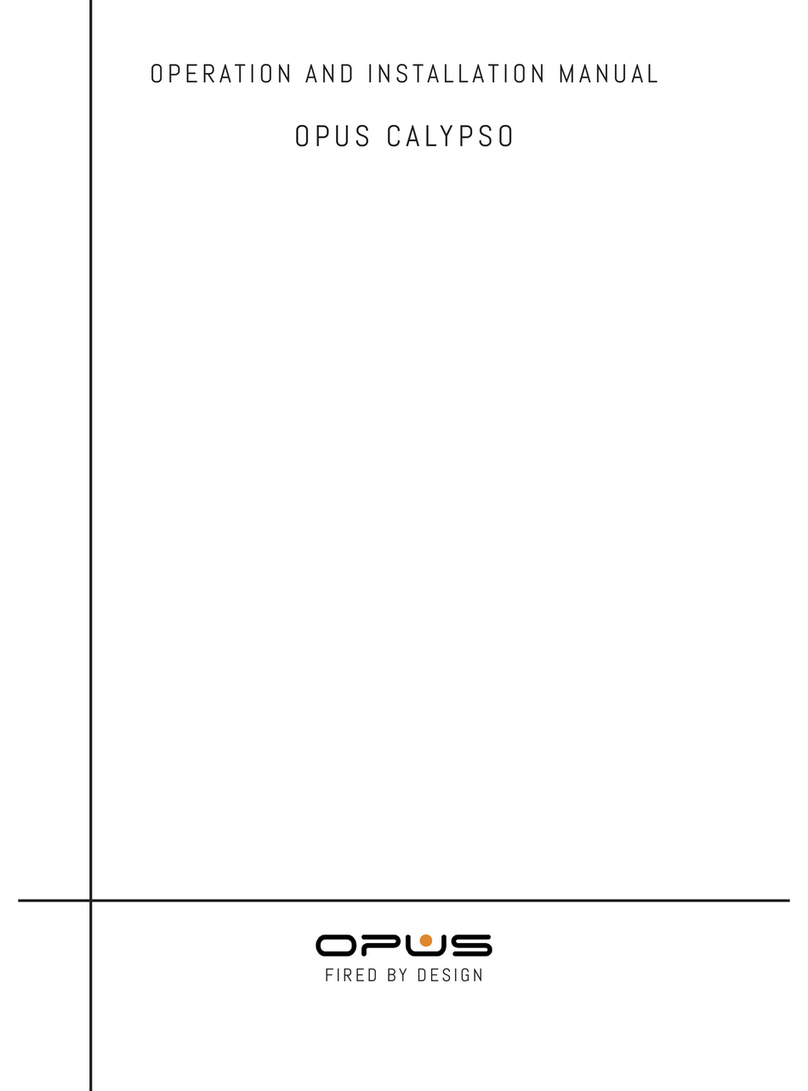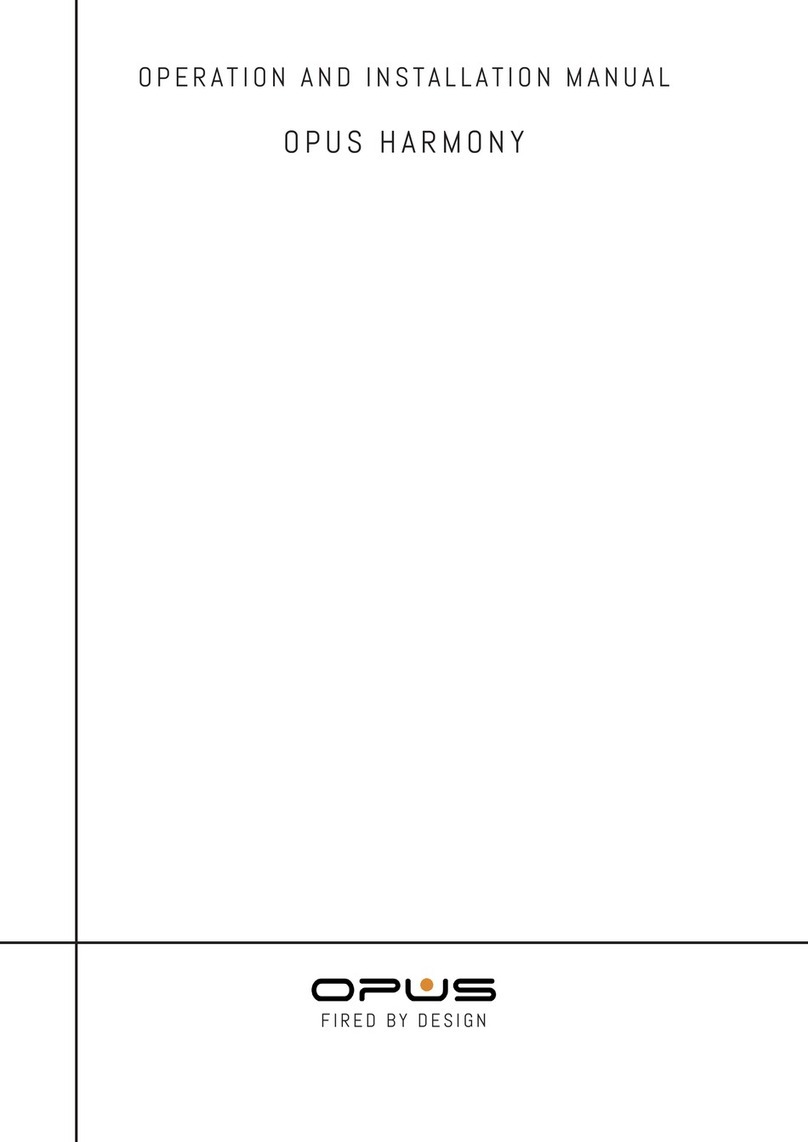
INSTALLATION INSTRUCTIONS
Commissioning the stove page 8
Technical information page 3 Check for spillage page
Dimensions and clearances page 4
Customer briefing page 10
Installation page 5 Servicing page 11
Important notes
This stove is a fuel effect radiant convector. Before installation, ensure that the local distribution
condition (identification of the type of gas and pressure) and the adjustment of the appliance are
compatible. The data label is located at the rear of the stove. The installation must be in accordance
with these Instructions and National Regulations and must be carried out by a qualified installer. In
the UK the installation must also be in accordance with the relevant parts of BS5440 parts 1 and 2.
Any flue damper plate or flue restrictor must be removed or fixed permanently in the fully open
position, or shall only be fitted in accordance with National Regulations. In the UK the installation
must also be in accordance with the relevant parts of BS5440 parts 1 and 2.
This appliance is intended for use on a gas installation with a governed meter.
If the chimney has previously been used to burn solid fuel, the chimney should be swept before the
stove is installed.
The flue pull should be checked prior to the installation of the stove. Apply a smoke pellet to the
flue and ensure that the smoke is drawn into the flue. If there is not a definite flow, preheat the flue
for a few minutes & re-test.
Before the stove is installed a flue test in accordance with National Regulations should be carried
out. The gas connection must be in accordance with National Regulations.
The stove is fitted with a spillage monitoring system consisting of a thermal switch connected to a
thermocouple interrupter. This system is not adjustable, and must not be put out of action. If any
parts of the spillage monitoring system require replacement only original manufacturers’ parts must
be used.
All surfaces except the controls are considered to be working surfaces
The stove should not be used for any other purpose than as a room heater and a decorative stove.
The stove should not be operated with the door open, without the door attached or the glass in the
door damaged, broken or missing.
































